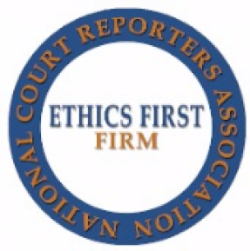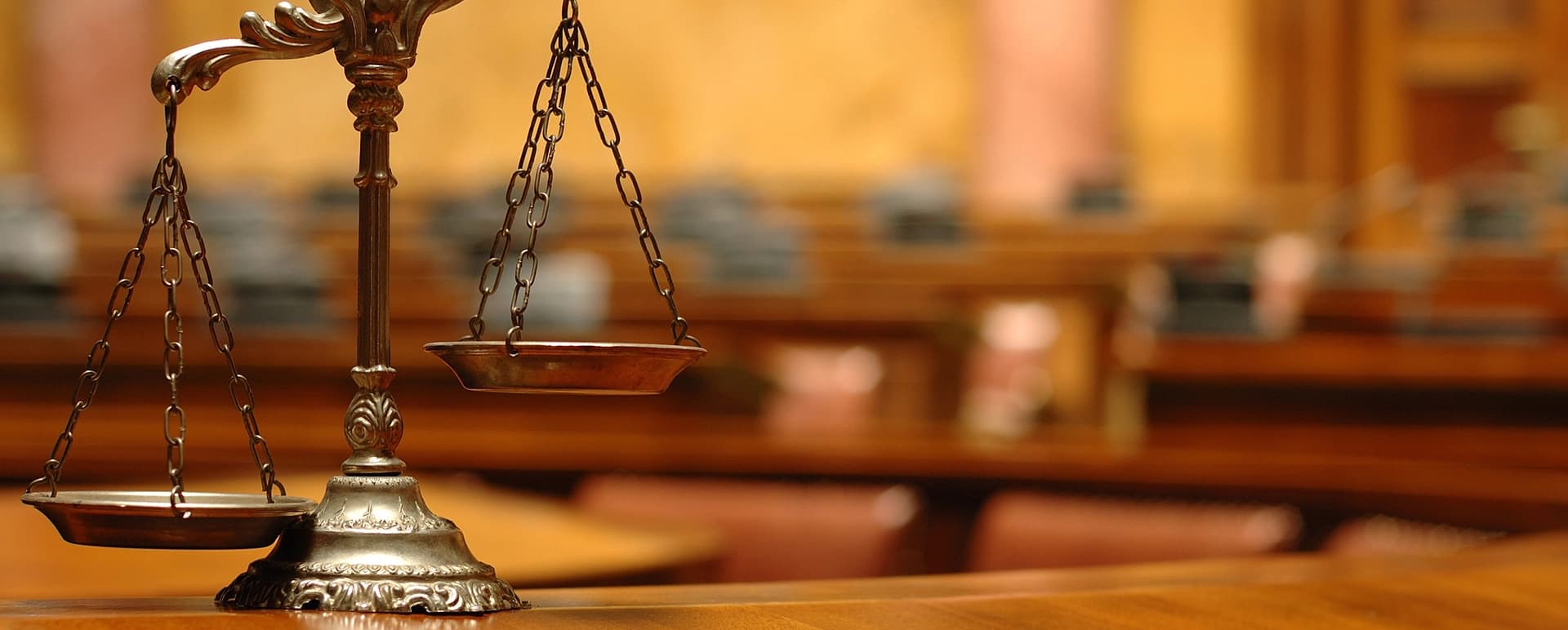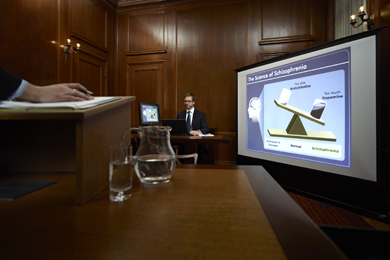Trial Presentation Specialized Assistance for Persuasive Legal Arguments
Trial Presentation Specialized Assistance for Persuasive Legal Arguments
Blog Article
Astound the Jury: Essential Aspects of a Powerful Trial Discussion
In the realm of legal advocacy, the ability to astound a court is extremely important to the end result of a trial (trial presentation). Important components such as recognizing the audience, crafting a compelling story, and understanding verbal and non-verbal communication are vital components of an efficient presentation. The calculated use of visual aids can substantially boost understanding and retention of crucial arguments. As these aspects intertwine, they form a natural approach that not only notifies however additionally engages jurors on several levels. What details strategies can genuinely transform a typical presentation right into a memorable experience for the jury?

Recognizing Your Target Market
Recognizing your target market is a pivotal aspect of efficient trial discussion. An effective presentation rests on the ability to understand the demographics, values, and predispositions of jurors. This comprehension informs just how disagreements are mounted, proof exists, and emotional allures are crafted, ensuring that the message resonates with the jurors on a personal degree.
Research suggests that jurors come from diverse histories and may have varying levels of understanding regarding lawful procedures. Additionally, understanding the jurors' possible predispositions and life experiences allows the test presenter to anticipate objections and address issues proactively.
Reliable test presentation also includes observing jurors' responses during the proceedings. Being attuned to non-verbal cues can provide insight into their interaction and understanding, permitting for real-time changes in approach. Eventually, an extensive understanding of the target market not only enhances interaction but also constructs connection, enhancing the possibility of a positive outcome. Involving with jurors as individuals as opposed to a cumulative unit is crucial in cultivating a strong connection in the court room.

Crafting an Engaging Narrative
Crafting a compelling story is necessary in assisting jurors with the complexities of an instance. A well-structured narrative not just simplifies complex legal ideas yet likewise engages jurors on an emotional degree, making the info a lot more relatable and remarkable.
To achieve this, lawyers must begin by identifying the core message they desire to share. This message ought to resonate with the jurors' values and experiences, fostering a link that goes beyond mere truths. The narrative ought to unravel rationally, offering occasions in a clear series to prevent confusion. This chronological strategy can help jurors adhere to the progression of events, stressing cause and result.
Incorporating human components-- such as individual tales or narratives-- can further boost the story's impact. These components stimulate compassion, permitting jurors to envision the consequences of the situation on the real worlds. Additionally, using a regular style throughout the presentation enhances the main debate, making it much easier for jurors to preserve vital factors.
Inevitably, a compelling story changes a trial presentation from a simple recounting of realities into an influential story that mesmerizes the court, motivating them to ponder with both factor and feeling.
Utilizing Visual Help
Integrating aesthetic help right into a test discussion can substantially enhance jurors' comprehension and retention of details. look at this site Visual materials such as charts, diagrams, photographs, and video clips can transform complex legal ideas and proof into conveniently absorbable formats. By involving several senses, these help permit jurors to visualize the case's crucial elements, making it simpler for them to follow along and grasp detailed information.
In addition, properly designed visual aids can stress critical points and emphasize relationships between different pieces of proof. For example, timelines can efficiently illustrate the series of events, while annotated pictures can clarify specific information appropriate to the case. This not only aids in understanding however also enhances the story provided by the lawyer.
It is important, nonetheless, to ensure that visual aids matter, clear, and expertly offered. Excessively complex or messy visuals might overwhelm jurors and interfere with the message. When utilized judiciously, visual help offer to match the oral arguments and boost the overall influence of the trial discussion. Ultimately, reliable aesthetic interaction can be a powerful tool in persuading jurors and assisting them get to notified final thoughts.
Understanding Verbal Communication
Effective spoken communication is crucial in a test discussion, as it works as the key methods through which attorneys communicate their arguments and attach with jurors. Mastering this ability includes clearness, persuasion, and involvement. Attorneys should express their factors clearly and briefly, staying clear of legal lingo that might confuse jurors. Simplicity in language promotes understanding and assists jurors realize complicated problems offered during the test.
Furthermore, tone and pacing significantly effect see post just how messages are gotten. A certain tone communicates authority, while proper pacing enables jurors to soak up info without feeling overwhelmed. Lawyers must likewise differ their singing inflections to highlight crucial points and maintain jurors' interest throughout the presentation.
Additionally, the organization of spoken disagreements is vital. Structuring the narrative realistically and coherently helps jurors follow the attorney's logic, making it less complicated for them to retain critical information. Making use of persuasive methods, such as narration, can likewise enhance the psychological resonance of the debates offered, thereby developing an extra extensive link with jurors.
Ultimately, mastering verbal communication not just enhances an attorney's situation but likewise fosters trust and relationship with the jury, considerably enhancing the opportunities of a beneficial decision.

Involving With Body Movement
Nonverbal interaction plays an important role in test discussions, commonly sharing messages that words alone can not share. Body language, including gestures, stance, faces, and eye call, significantly affects exactly how jurors view the reliability and genuineness of the speaker. A confident position, with about his shoulders back and an open posture, can instill depend on, while closed-off body language might recommend defensiveness or uncertainty.

Face expressions need to show the emotions associated with the case, strengthening the story being offered. An honest expression during a poignant minute can evoke compassion and reinforce the emotional allure. Inevitably, understanding body language is crucial for reliable test discussions, as it enhances verbal communication and develops an engaging visibility that resonates with the court.
Final Thought
To conclude, captivating the jury demands a critical approach that incorporates comprehending the audience, crafting a compelling story, using visual aids, mastering spoken interaction, and engaging through body language. Each aspect plays an essential duty in creating a powerful test presentation that resonates with jurors on both psychological and intellectual degrees (trial presentation). By integrating these components effectively, lawyers can considerably improve their capacity to persuade and affect court decision-making
Report this page